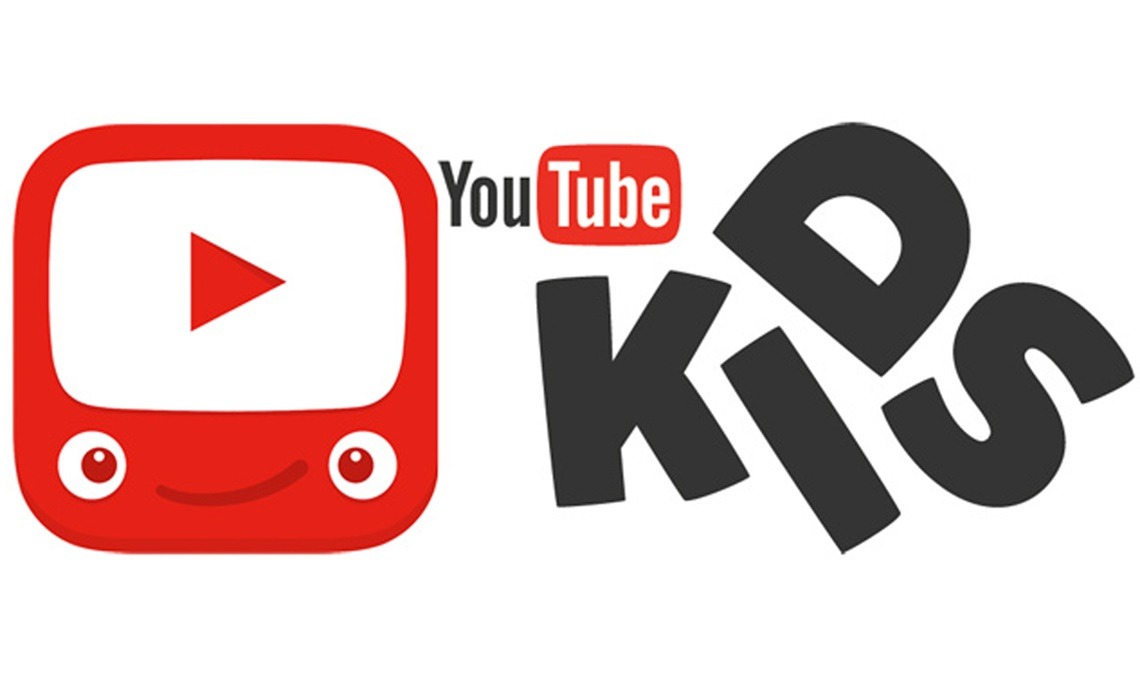Electronic communications like email serve as a strong weapon in the fight for customers’ attention because it helps you meet them where they are. Sending out regular emails to your target audience has two distinct advantages: you can reach an audience that checks its inbox daily, and can directly communicate with your customers. Email marketing allows businesses to establish their voice and build up trust in their products or services by personalizing and tailoring their marketing content to the specific needs and interests of their subscribers.
By understanding the fundamental aspects below, businesses can harness the power of email marketing to connect with their audience effectively and drive meaningful engagement and conversions.
The Role of Email in Today’s Digital Landscape
Email marketing is an important part of digital communication and is still one of the best and most personal ways to get in touch with people. Email is still very important in many businesses, even though social media and other message apps are becoming more popular. Let’s take a deeper look at the role email has to play in this present day’s landscape;
Reaching Your Audience Where They Are
- Email marketing allows businesses to connect with their audience directly in their personal space – their inbox.
- With people regularly checking their emails, it offers a reliable channel to reach potential customers.
Building Lasting Relationships Through Direct Communication
- Through personalized and targeted content, you can nurture lasting relationships with your audience.
- Direct communication via email enables you to engage with your customers on a more personal level.
Key Metrics to Measure Success
Email marketing is easy to track these days, which is good news. Most services that help you send emails come with tracking tools that you can use to see how well your emails are doing. When you track open rates, click-through rates, and conversion rates, you can quickly figure out what’s working and what’s not, and most importantly, how to modify your emails to make them better in the future.
Here are four of the simplest and most important email metrics to know about.
Open rate
Your open rate is the number of people who opened your email. Several things make this important. To begin, it gives you a rough idea of how good your email list is. After all, if you sent 10,000 emails and only five people opened them, you might not be talking to people who want to hear from your business. But what’s more important is that it tells you which subject lines work best for your emails.
Click-through rate
The click-through rate (CTR) tells you how many people opened your email and clicked on a link, which is also called a “Call to Action” (CTA). Your links are like a bridge that leads your customers to where you want them to go. CTR is the number of people who crossed that bridge.
When you want to know how well your content is doing, CTR is a great way to know. For instance, if 90% of people who got your email clicked on a link to a special offer on your website, you can be sure that people are interested in the offer.
Conversion rate
When someone reads your email, your conversion rate tells you what number of those people do what you want them to do. It’s not as simple as open rate and click-through rate, but it’s one of the most important email marketing measures for your business.
Based on what your business wants to achieve with an email, what you consider a “conversion” will vary. If you want more reviews for your website, getting someone to leave a review is an action that counts as a sale. If you want them to buy a necklace gift for their loved ones at the last minute, when they click “purchase” and check out, that’s an action that counts as a conversion.
Unsubscribe rate
When someone gets your email, the delete rate tells you how many people asked to be taken off your email list.
It’s normal for some of your customers to disconnect after an email. Their needs may have changed, their inboxes may be full, or they may not be interested in the same thing that brought them to your business in the first place.
But pay attention if all of a sudden a lot of people unsubscribe after one or a few of your emails. You might learn a lot from it about what kinds of words, content, designs, or offers you shouldn’t send in the future.
Crafting Your Effective Email Marketing Strategies
In developing Effective Email Marketing Strategies, businesses must focus on two key aspects: segmentation and impactful email design. These strategies are essential for maximizing engagement and conversions, ultimately driving the success of email marketing campaigns.
Segmentation: Tailoring Your Message
Understanding Your Audience Segments
For division to work, you need to know who your customer is. Businesses can divide their customers into different groups by looking at their profiles, behaviours, and interests. This makes it possible to make content that is special to each group and fits their wants and hobbies.
Personalizing Content for Each Segment
Personalization is at the core of successful email marketing. Tailoring content for each audience segment enhances relevance and fosters a deeper connection with recipients. By addressing their individual pain points and offering tailored solutions, your businesses can significantly improve engagement and conversion rates.
Designing Emails for Maximum Impact
The Importance of Mobile Optimization
It is essential to optimise emails for mobile devices in today’s era. The majority of email openings happen on mobile devices, therefore, make sure your emails look good and are simple to navigate on smaller displays if you want to capture and keep the attention of your recipients.
Creating Compelling Subject Lines
Crafting compelling subject lines is an art form in itself. A well-crafted subject line entices recipients to open the email by piquing their curiosity or offering a clear benefit. It serves as the first point of contact with recipients and significantly influences open rates, making it a critical element in any email marketing strategy.
Utilizing these Effective Email Marketing Strategies empowers businesses to connect with their audience on a deeper level while driving higher engagement and conversions.
Techniques to Drive Engagement Through Email
When it comes to driving engagement through email, captivating content is the key to success. Crafting quality content that resonates with your audience is essential for capturing their attention and encouraging interaction. By understanding the interests and pain points of your recipients, you can tailor your content to address their specific needs, ultimately driving higher engagement and conversions.
In addition to compelling written content, incorporating visuals into your emails can significantly enhance engagement. Visual elements such as images, infographics, and videos not only make the content more visually appealing but also help convey information in a more engaging manner. Visuals have the power to evoke emotions and create a memorable experience for the recipients, ultimately leading to increased interaction and conversion rates.
Interactive Elements to Boost Interaction
Interactive elements are the game changers in the process of stimulating an engagement using email marketing. Integrating involvement features into an audience is no doubt an ideal way for businesses to develop an interactive and fascinating experience for them.
The feature of polls and surveys utilized within emails gives an opportunity to get useful feedback from recipients of the emails. Brand owners can achieve this by asking for their audience’s opinion about relevant topics or products and, in the process, prove that their input is highly valued while, simultaneously they improve their marketing strategies through these feedback channels. This not only maximizes interaction but also enhances the connection between businesses and their audiences.
Social sharing, if only implemented on email content, will help make your content more engaging. For example, through the provision of social sharing buttons or links inside emails, the business gives recipients a chance to share the materials that they find to be interesting or value-added with their own social networks. It not only expands the length of the email campaign but also utilizes the power of social proof, as recipients are more willing to join the conversation once their friends recommend it.
These methods are the main components that will help you to drive engagement effectively whilst ensuring that, in the process, your audience has a meaningful interaction with you.
Maximizing Conversions with Targeted Email Campaigns
When it comes to email marketing, you’re already aware that the ultimate goal is to drive Conversions by guiding recipients toward taking desired actions. This involves strategically incorporating clear calls-to-action (CTAs) and continuously monitoring and analyzing campaign performance for ongoing improvement.
Clear Calls-to-Action: Guiding Your Audience
The Anatomy of an Effective CTA
Crafting an effective CTA involves more than just a simple button or link. It requires thoughtful consideration of language, design, and placement to compel recipients to take action. An impactful CTA should be concise, compelling, and clearly convey the intended action. Whether it’s prompting a purchase, encouraging sign-ups, or directing traffic to a specific landing page, the CTA should leave no room for ambiguity.
Placement Strategies for Higher Conversion Rates
Strategic placement of CTAs within email content can significantly impact conversion rates. Placing CTAs prominently within the email body or at strategic intervals ensures that they are easily accessible to recipients as they engage with the content. Additionally, personalized CTAs tailored to different audience segments can further enhance their effectiveness by aligning with the specific needs and interests of each segment.
Monitoring and Analyzing for Improvement
Key Metrics to Watch
In order to learn how successful targeted email campaigns are in generating conversions, it helps to track important data. Conversion rates, click-to-open rates, and revenue per email are some of the metrics that help us understand how effective our campaigns are in driving conversions. Businesses may discover improvement areas and make data-driven choices to optimize future campaigns by carefully watching these KPIs.
A/B Testing for Optimized Results
A/B testing is a powerful tool for refining targeted email campaigns to maximize conversions. By testing variations of subject lines, content, visuals, and CTAs among different audience segments, businesses can gather empirical data on what resonates best with their recipients. This iterative approach allows for continuous refinement based on real-time feedback, ultimately leading to optimized results in terms of Conversions.
Utilizing these strategies empowers businesses to not only drive engagement but also guide recipients towards meaningful actions that contribute to overall business objectives.
Conclusion
Email marketing is an easy and effective approach for businesses to interact with their audience, engage with them, and provide them with continuous value, which in turn increases brand loyalty. If you follow these guidelines, you’ll be able to increase the success of your email marketing by focusing on the right KPIs.






